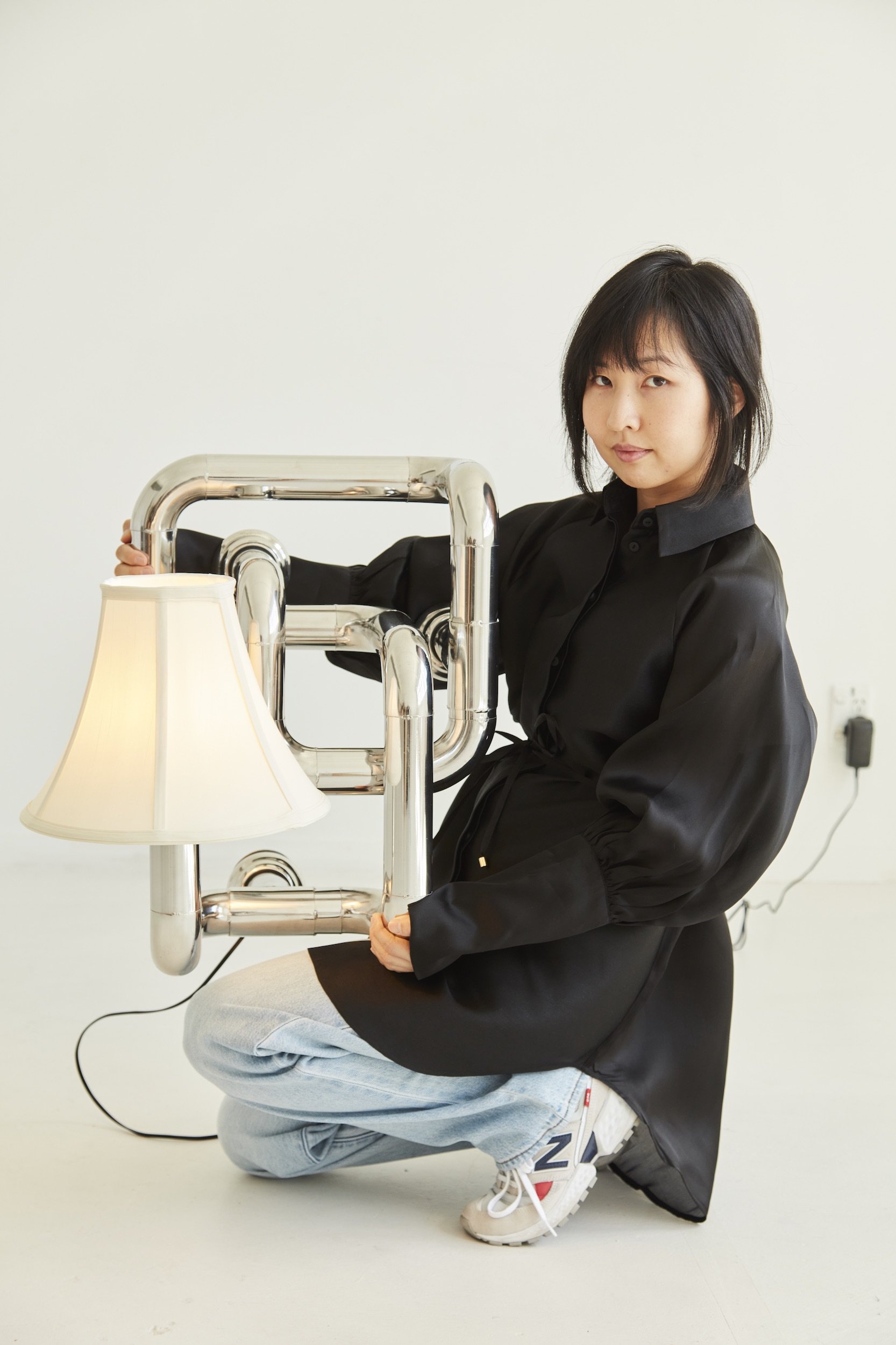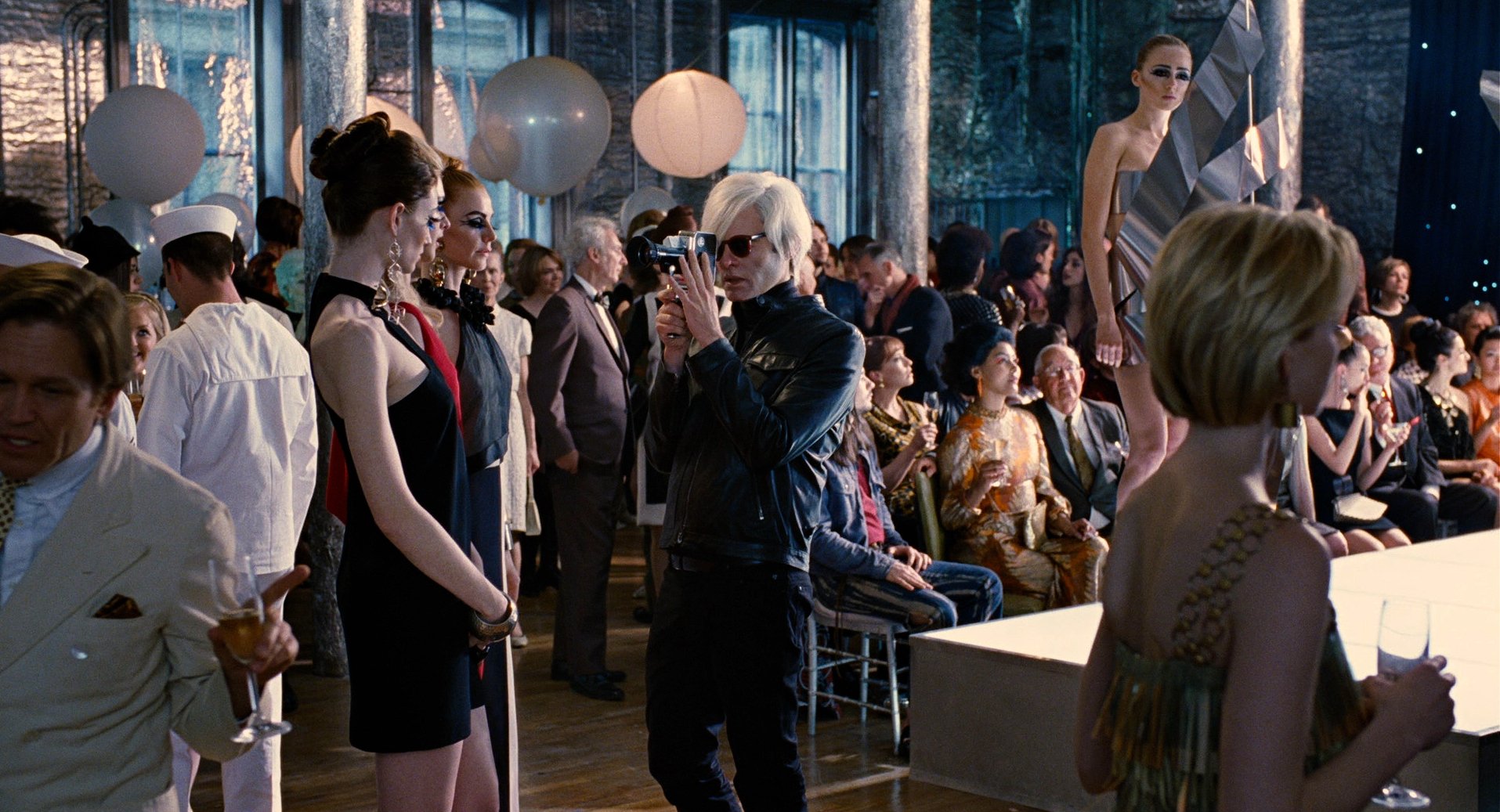Outtakes from our shoot with Issue 00 cover star Yona Lee
Photography: Adam Bryce
Creative Direction: Becky Hemus
Yona Lee wears Harris Tapper Wes Shirt in black, Levi's Ribcage Straight jeans, New Balance sneakers.
Yona Lee wears Theory combo knit dress in black, New Balance sneakers.
“Lee’s domestically-scaled artworks are contained, like individual sculptural paintings that could be transported anywhere. Although they often consist of the same foundational materials as her large-scale sculptures—stainless steel pipes and familiar, locally sourced objects—it feels as if the artworks are instruments contributing to a symphony, unlike the larger installations that command and change their surrounding paths."— Shamima Lone on Yona Lee in The Art Paper Issue 00
Yona Lee wears Maggie Marilyn Sunday Kind Of Love Jacket in black, Maggie Marilyn Any Time Any Place Dress in ivory, New Balance sneakers.
Yona Lee wears Harris Tapper Wes Shirt in black, Levi's Ribcage Straight jeans, New Balance sneakers.
Yona Lee photographed for The Art Paper Issue 00. Buy it here Now.



















Fergus Porteous on Rangi White’s Whakapapa Plasticus; Grace, 29 February – 30 March 2024.